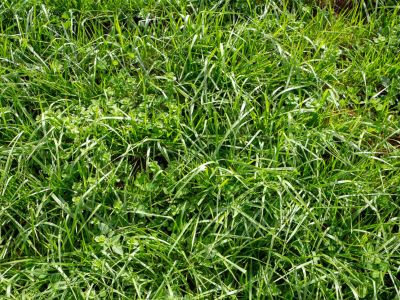About Tall Fescue Weeds
Tall fescue (Festuca arundinacea) was introduced to North America by European settlers who planted it to provide hardy, nutritious forage for livestock. Since the plant remains green even in dry conditions, it was widely planted in the 1990’s to replace thirsty Kentucky bluegrass in drought-ravaged regions. Tall fescue weeds are opportunistic, popping up in disturbed habitats, including along roadsides and railroad tracks, in pastures and abandoned fields, and sometimes along streambanks. It tolerates a wide range of soils and moisture conditions. Although it was initially planted with only the best intentions in mind, tall fescue has naturalized into many parks and other public areas in the United States and southern Canada, where it competes with native species. It is considered an invasive species in many regions.
How to Get Rid of Tall Fescue
Tall fescue weeds emerge in early spring and reach maturity by late summer. The clumps of wide leaved grass may form new growth in autumn and will remain green all winter in mild climates. Although pulling the weed is next to impossible, you may be able to dig seedlings and isolated clumps early in the season. Otherwise, the only recourse for fall fescue management may be to spot treat weeds with a product containing glyphosate. You can spray anytime the plants are growing, although some sources recommend spraying in spring or late fall. Herbicides aren’t effective when tall fescue weeds are dormant. Always follow manufacturer recommendations and remember that the herbicide may kill other plants as well. Wear chemical-resistant gloves and protective goggles, a long-sleeved shirt, long pants, and closed toe shoes with socks. Check with your local cooperative extension office for more information on tall fescue management and about the specifics of using glyphosate in your particular situation. Note: Chemical control should only be used as a last resort, as organic approaches are safer and more environmentally friendly.
